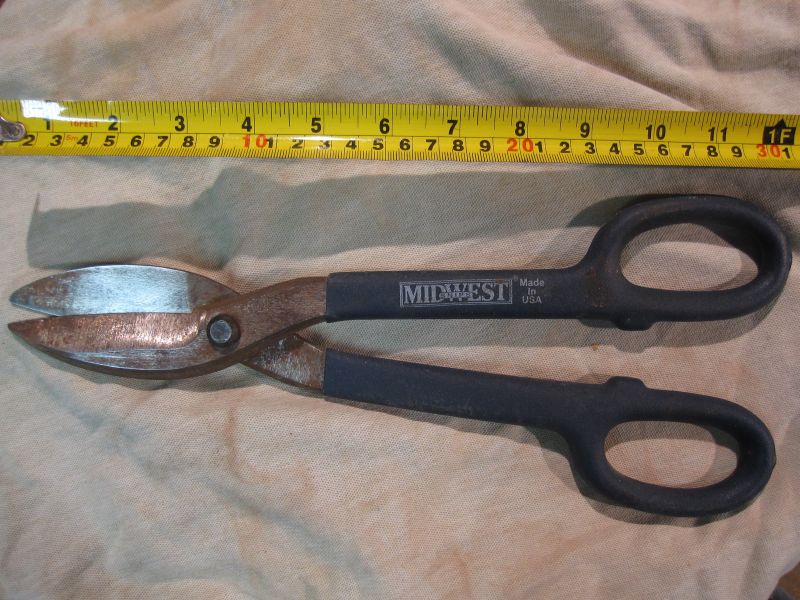Troubleshooting Sheen Variability
Finishers discuss the subtleties of attaining even sheen in a pre-catalyzed lacquer topcoat. September 11, 2006
Question
My question is about finishing with Valspar pre-cat lacquer. I am adding about 5% retarder to every gallon of lacquer and I am using a pressure pot system with an HVLP gun. My problem is sheen variation. I am getting a glossy look on some and a flat look on other doors. I mix the lacquer really well before I put it in the pot. I live in southern California and would appreciate it if anyone can give me some tips on achieving a 20 sheen look.
Forum Responses
(Finishing Forum)
From contributor D:
Are all the surfaces sanded to the same grit? Are you applying the same amount of finish to each surface so that you have the same dry mil thickness on each surface? What is the original sheen of your precat? Dead flat? And do they rate that at 20 degrees? If not, then you need to get some flatting paste to add to your finish. Make sure that when you add, your mixed finish goes through a paint strainer so that you do not get white dots of flatting in your sprayed coats.
From contributor R:
20 sheen is a pretty common one and usually dictates a satin to flat sheen. I wouldn't add any paste to the material - I would find out why the sheen differs. First off, do you have water in the lines? Secondly, Southern California weather can change from minute to minute; I would add more retarder to your mixture. Thirdly, do the sheens vary from morning to afternoon to evening? Fourthly, do you thin the material with acetone or lacquer thinner? Fifthly... spray a few doors with the fan off and once you've coated them, turn the fan on. Chances are that if you're getting sheen differences from the same batch of material, your system needs tweaking, not the product.
From the original questioner:
Thank you for responding. I usually spray in the late afternoon. I never really thin the material and as far as I know, I don't have any water in my lines. If you think I should add more retarder, how much more should I put in? Is it possible that my retarder settles at the bottom of the pot and that could be the problem?
From contributor C:
In general, flatter coatings are exceptionally sensitive to settling problems. You'll get a flatter sheen if you thin some. The thinners and retarders make it very difficult to keep the flatting pastes in suspension, so you may need to open your pot and re-stir often. Swirling the pot around is of very limited effectiveness (not good enough). Try doing a careful mixing just before each spraying session and remix whenever it has been 15 minutes or more since your last stirring. If your material uses beeswax as a flattener (commonly done and detectable by the sticky wax residue on the container bottom when mixing), it sometimes helps to use a little lacquer thinner. Sometimes there is so much wax in the mix that it's hard to keep it dissolved-dispersed and the lacquer thinner helps out (it helps to give a good bite into previous layers, too - sometimes I use it just for this purpose).
P.S.: The surfaces must have an even sheen before the final coating if you want them to end with an even sheen. Don't think that your flat coatings will correct wide variations in sheen. That might be a several coat process. Also be sure that previous coats are pretty well dried to prevent their mixing too much with your sheen coat and make the sheen coat a thin, quick drying one (I'd say less retarder if anything... more time as a liquid equals more time to mix with previous coats and dilute sheen plus more time for flatteners to sink away from the surface). As discussed in another recent post, the flatteners will sink in the sprayed film if it is too thick and leave a too-shiny surface, so thin and even depth is best.
From contributor M:
I think when you add retarder, it slows down the dry time, and the slower the dry time, the higher the sheen.
From contributor L:
Is that due to additional flow out or is there something else at work?
From contributor M:
That would depend on what the retarder consisted of, as in the percentage of slower solvents that are blended in the retarder. Combining solvents can give you many time changes in both the drying and the flow out.
